A FRENCH GILT BRASS CARRIAGE CLOCK WITH PUSH-BUTTON REPEAT AND ALARM GAY LAMAILLE AND COMPANY, PARIS, CIRCA 1890 The eight-day two train gong striking movement with later frosted gilt platform lever escapement regulated by sprung monometallic balance, the backplate with alarm mechanism to upper left and stamped with oval panel inscribed PATENT SURETY ROLLER to centre over oval G L trademark and serial number 3847 to lower left-hand corner, the rectangular white enamel Roman numeral dial indistinctly inscribed T. GAU..T, MELBOURNE to centre, with blued steel moon hands over subsidiary alarm setting dial to lower margin, the gilt corniche case with hinged carrying handle over oval top glass, cavetto cornice and caddy-moulded corner uprights, the rear with pin-hinged door, on cavetto moulded skirt base with rounded angles; with a small brass carriage timepiece, Matthew Norman, recent, in a gilt tooled faux leather book-form presentation case with paperwork, (2). The principal clock 14.5ins (5.75ins) high with handle down, 9.5cm (3.75ins) wide, 8cm (3.25ins) deep. The firm of Gay, Lamaille and Company and their patent for the 'surety roller' is discussed by Thomas R. Wotruba in his article The story behind 'PATENT SURETY ROLLER' stamped on carriage clocks published in ANTIQUARIAN HOROLOGY June 2019 (pages 239-47). Wotruba describes how the Patent Surety Roller (a mechanism which prevents the strike star wheel from accidentally jumping out-of-sync whilst the clock is being transported) was invented by Moritz Immisch for which he received a brevet in 1879. The patent was subsequently secured by Messrs Gay, Lamaille and Company of Paris and London. One of the firm's founders, Emile Gay(e), is recorded as working at 20 Red Lion Square, London in 1861 before going into partnership with a clockmaker named Vicarino and setting up operations at 5 rue Beranger, Paris. In around 1877-78 George Lamaille replaced Vicarino forming Gay, Lamaille and Company who through their strong connections with London supplied many of the leading English retailers such as Dent, Frodsham and Lund & Blockley during the latter years of the 19th century. Condition Report: Movement is in relatively clean fully working condition although the strike is currently an hour out-of-sync (sounds one hour behind). As catalogued the escapement platform is a replacement otherwise movement appears free from visible alteration or noticeable replacements. Dial has some light hairline cracks to the upper left-hand corner (only visible on close examination from oblique angle looking up into the corner behind the bevel of the glass) otherwise dial is in fine condition. Case has a small corner chip to the lower right-hand corner of the rear door glass otherwise case is in good original condition albeit with patchy discolouration/tarnishing to the gilding. Clock has a winding key. The Matthew Norman timepiece has overall discolouration/tarnishing to the case otherwise is in essentially unused but working condition. The original key is also present. Condition Report Disclaimer
A FRENCH GILT BRASS CARRIAGE CLOCK WITH PUSH-BUTTON REPEAT AND ALARM GAY LAMAILLE AND COMPANY, PARIS, CIRCA 1890 The eight-day two train gong striking movement with later frosted gilt platform lever escapement regulated by sprung monometallic balance, the backplate with alarm mechanism to upper left and stamped with oval panel inscribed PATENT SURETY ROLLER to centre over oval G L trademark and serial number 3847 to lower left-hand corner, the rectangular white enamel Roman numeral dial indistinctly inscribed T. GAU..T, MELBOURNE to centre, with blued steel moon hands over subsidiary alarm setting dial to lower margin, the gilt corniche case with hinged carrying handle over oval top glass, cavetto cornice and caddy-moulded corner uprights, the rear with pin-hinged door, on cavetto moulded skirt base with rounded angles; with a small brass carriage timepiece, Matthew Norman, recent, in a gilt tooled faux leather book-form presentation case with paperwork, (2). The principal clock 14.5ins (5.75ins) high with handle down, 9.5cm (3.75ins) wide, 8cm (3.25ins) deep. The firm of Gay, Lamaille and Company and their patent for the 'surety roller' is discussed by Thomas R. Wotruba in his article The story behind 'PATENT SURETY ROLLER' stamped on carriage clocks published in ANTIQUARIAN HOROLOGY June 2019 (pages 239-47). Wotruba describes how the Patent Surety Roller (a mechanism which prevents the strike star wheel from accidentally jumping out-of-sync whilst the clock is being transported) was invented by Moritz Immisch for which he received a brevet in 1879. The patent was subsequently secured by Messrs Gay, Lamaille and Company of Paris and London. One of the firm's founders, Emile Gay(e), is recorded as working at 20 Red Lion Square, London in 1861 before going into partnership with a clockmaker named Vicarino and setting up operations at 5 rue Beranger, Paris. In around 1877-78 George Lamaille replaced Vicarino forming Gay, Lamaille and Company who through their strong connections with London supplied many of the leading English retailers such as Dent, Frodsham and Lund & Blockley during the latter years of the 19th century. Condition Report: Movement is in relatively clean fully working condition although the strike is currently an hour out-of-sync (sounds one hour behind). As catalogued the escapement platform is a replacement otherwise movement appears free from visible alteration or noticeable replacements. Dial has some light hairline cracks to the upper left-hand corner (only visible on close examination from oblique angle looking up into the corner behind the bevel of the glass) otherwise dial is in fine condition. Case has a small corner chip to the lower right-hand corner of the rear door glass otherwise case is in good original condition albeit with patchy discolouration/tarnishing to the gilding. Clock has a winding key. The Matthew Norman timepiece has overall discolouration/tarnishing to the case otherwise is in essentially unused but working condition. The original key is also present. Condition Report Disclaimer

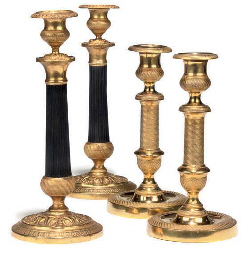
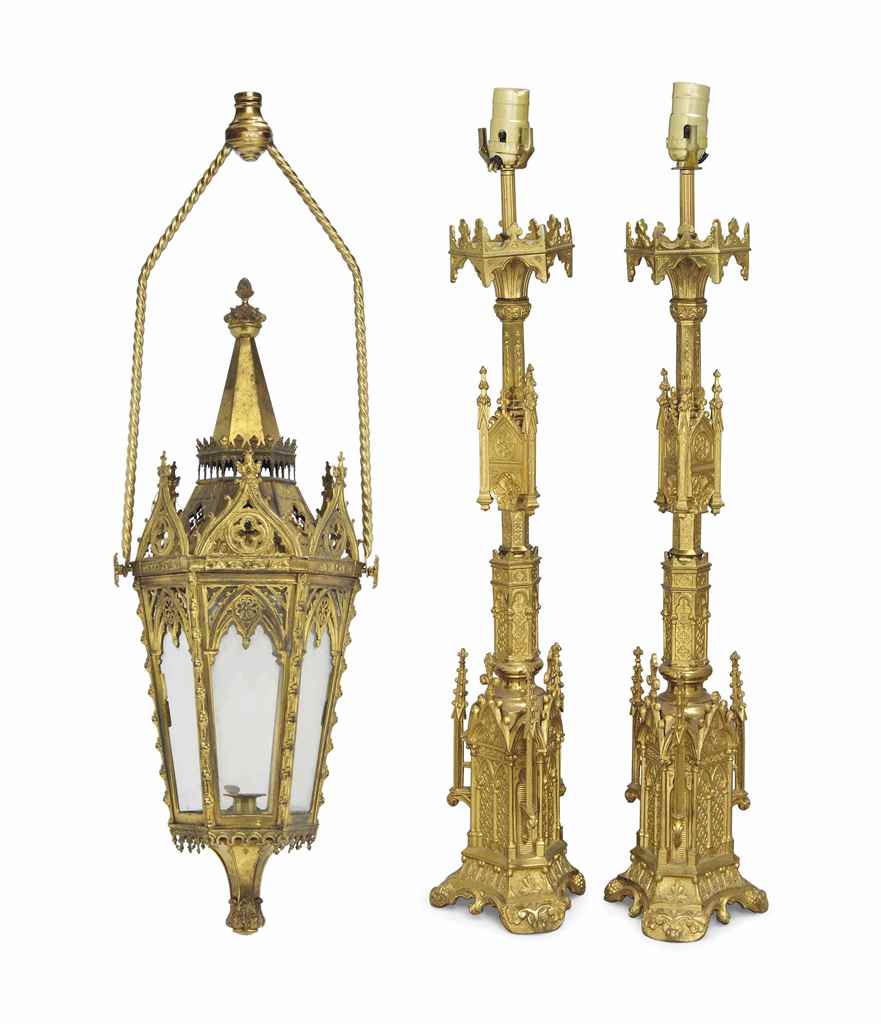

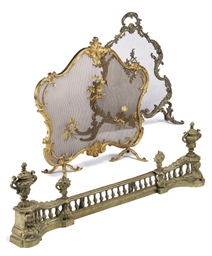
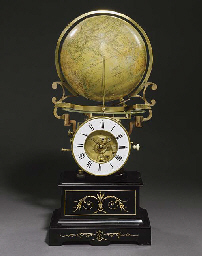
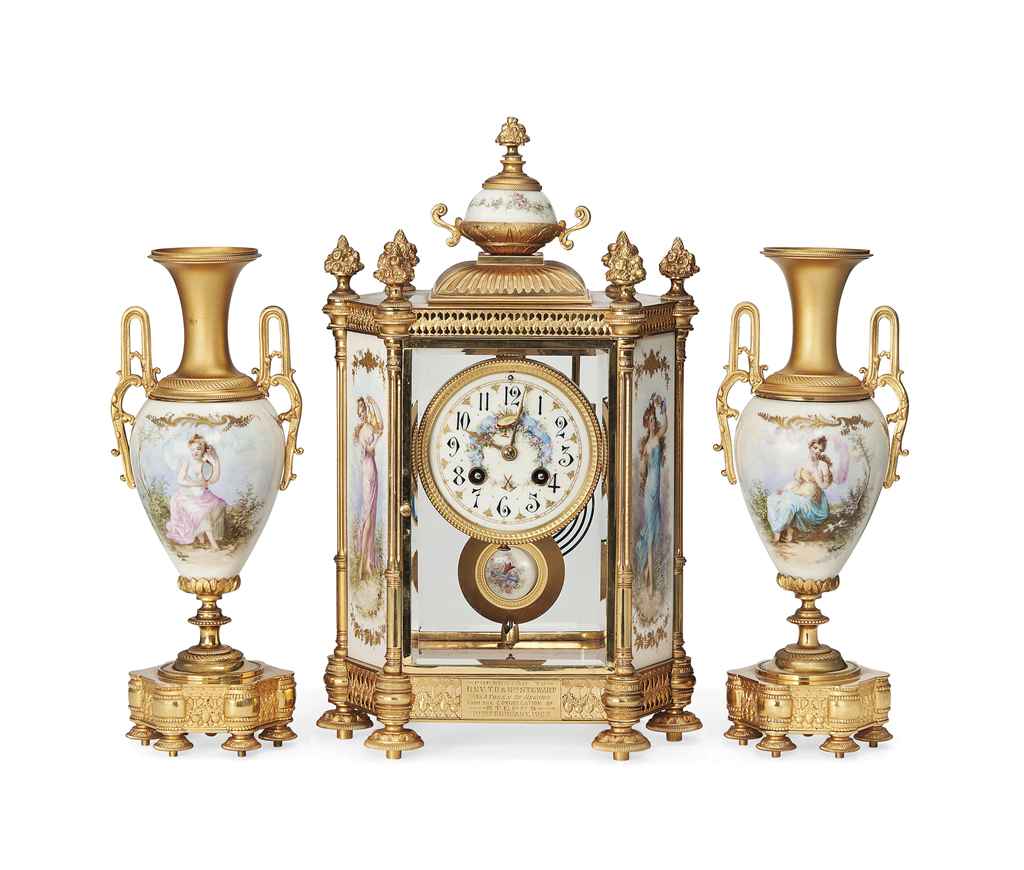

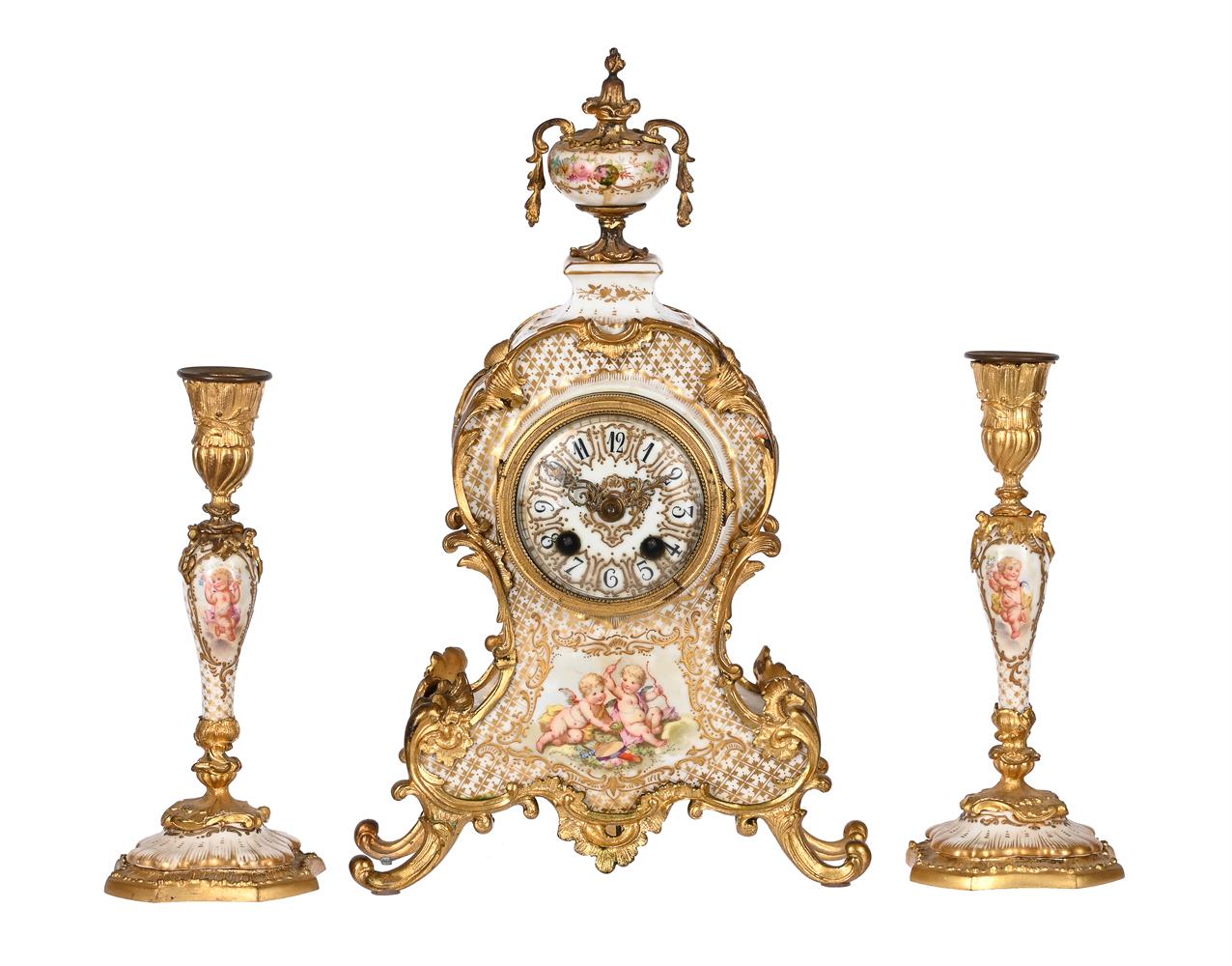
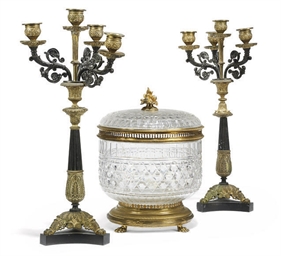
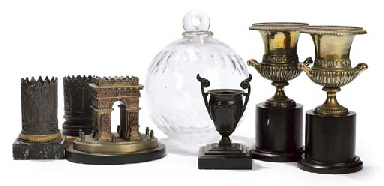
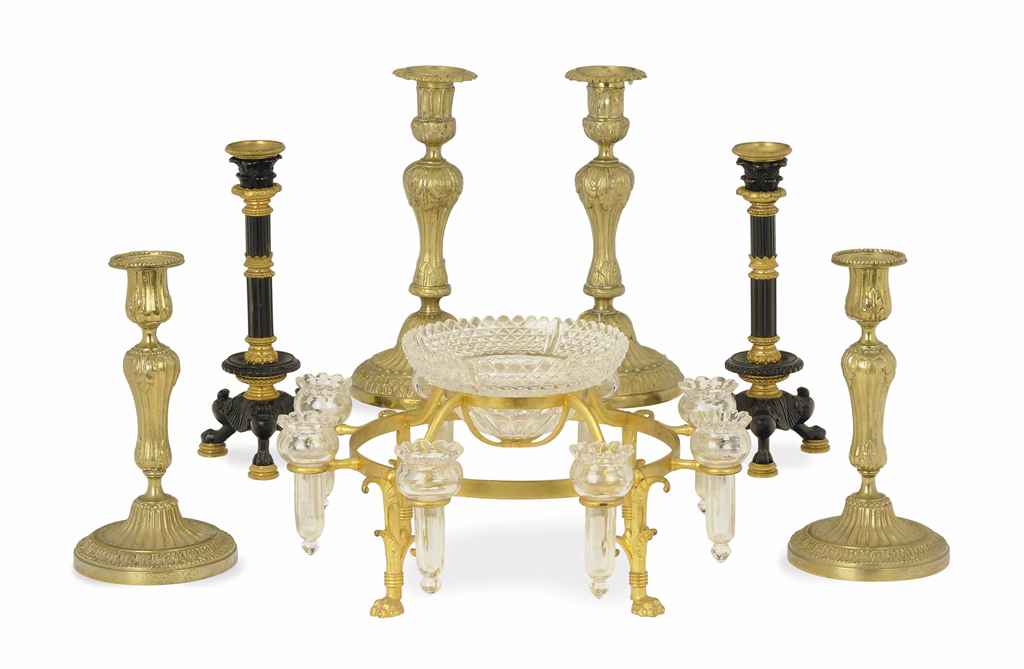
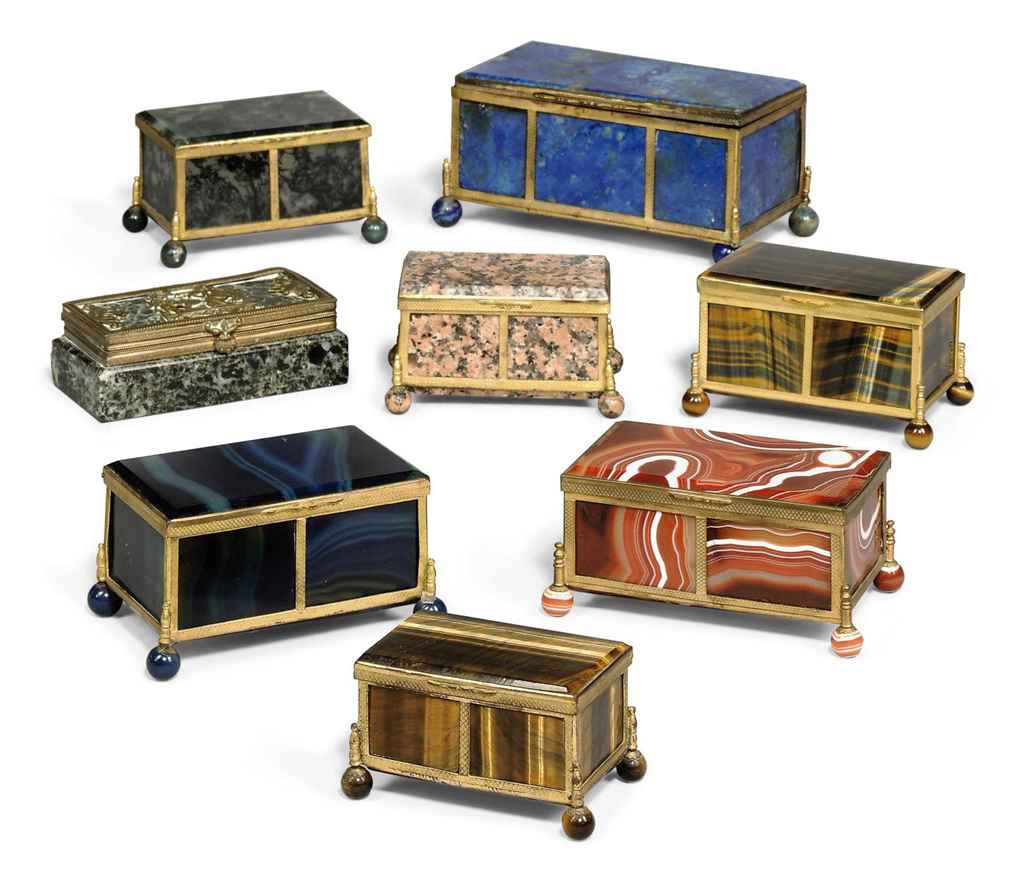
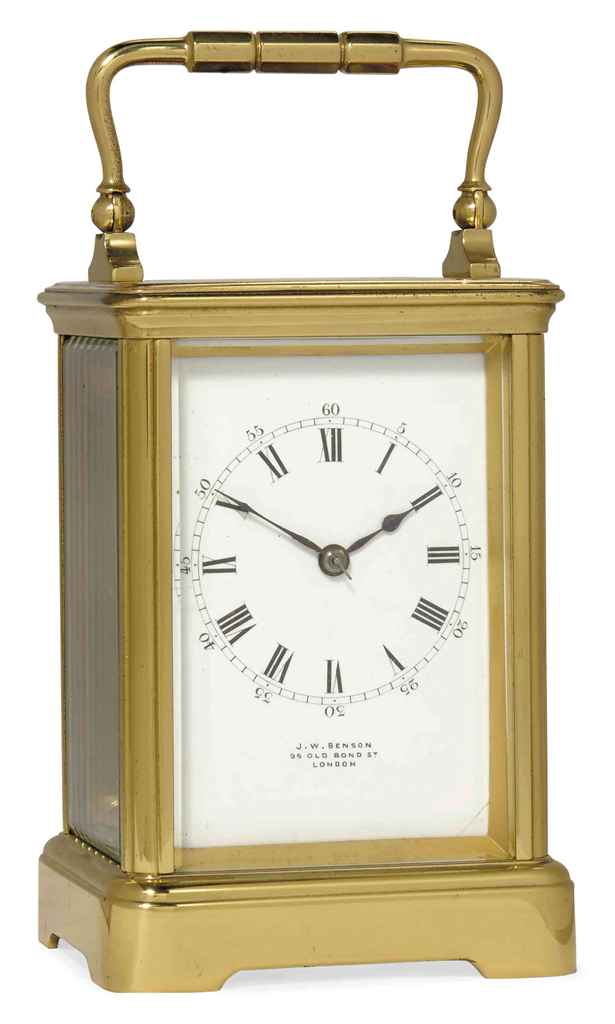

Try LotSearch and its premium features for 7 days - without any costs!
Be notified automatically about new items in upcoming auctions.
Create an alert